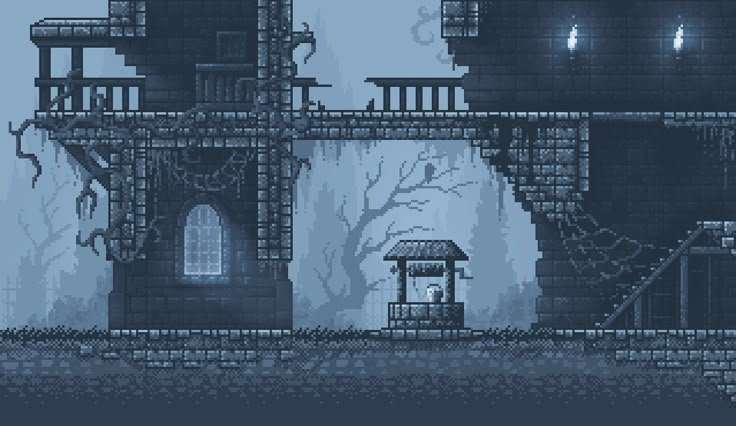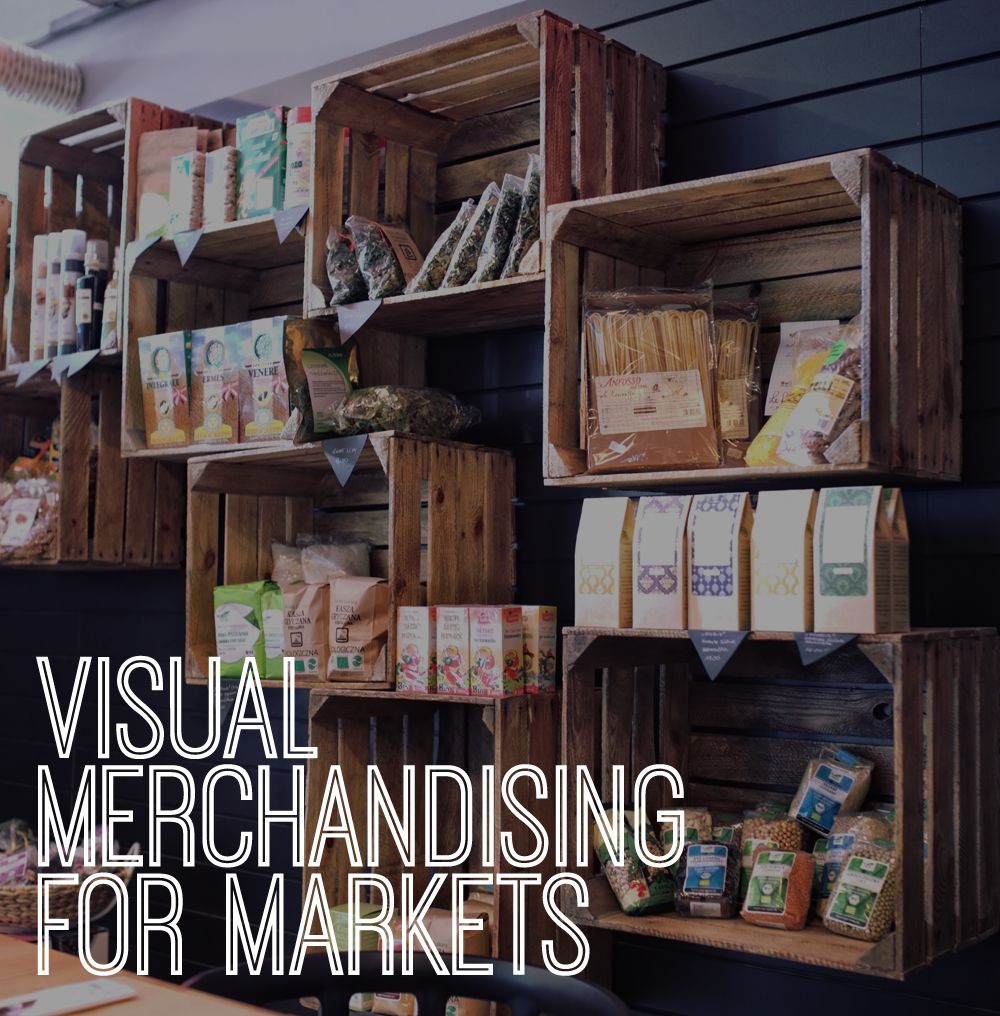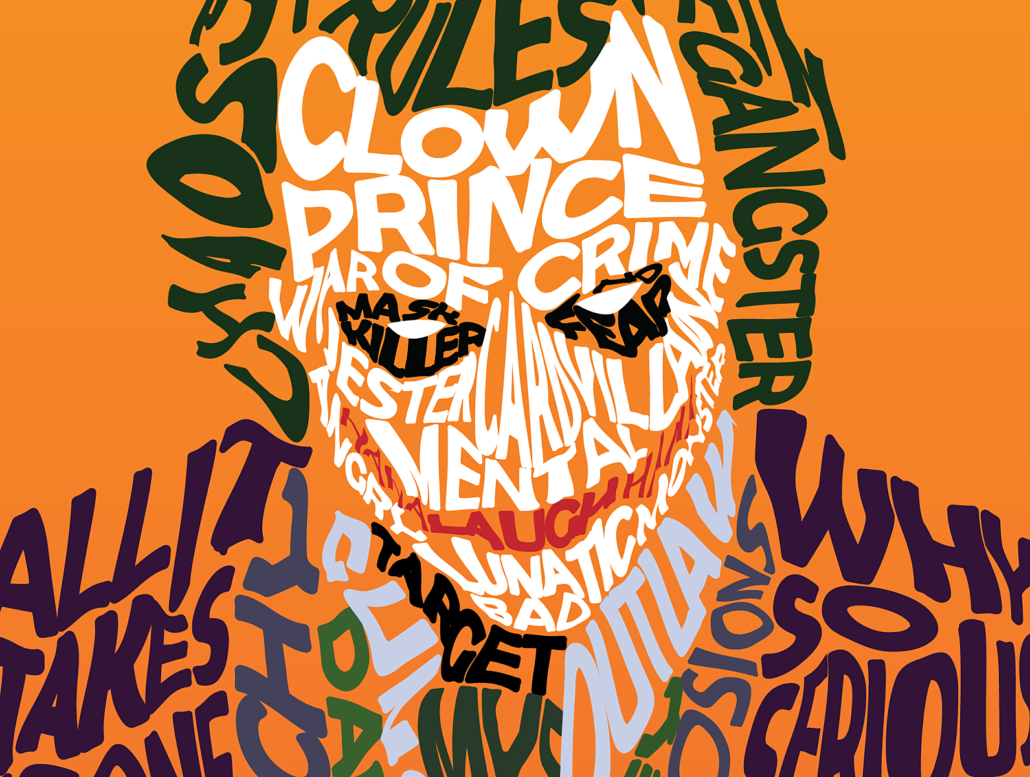AI Reshapes Creative Design’s Future
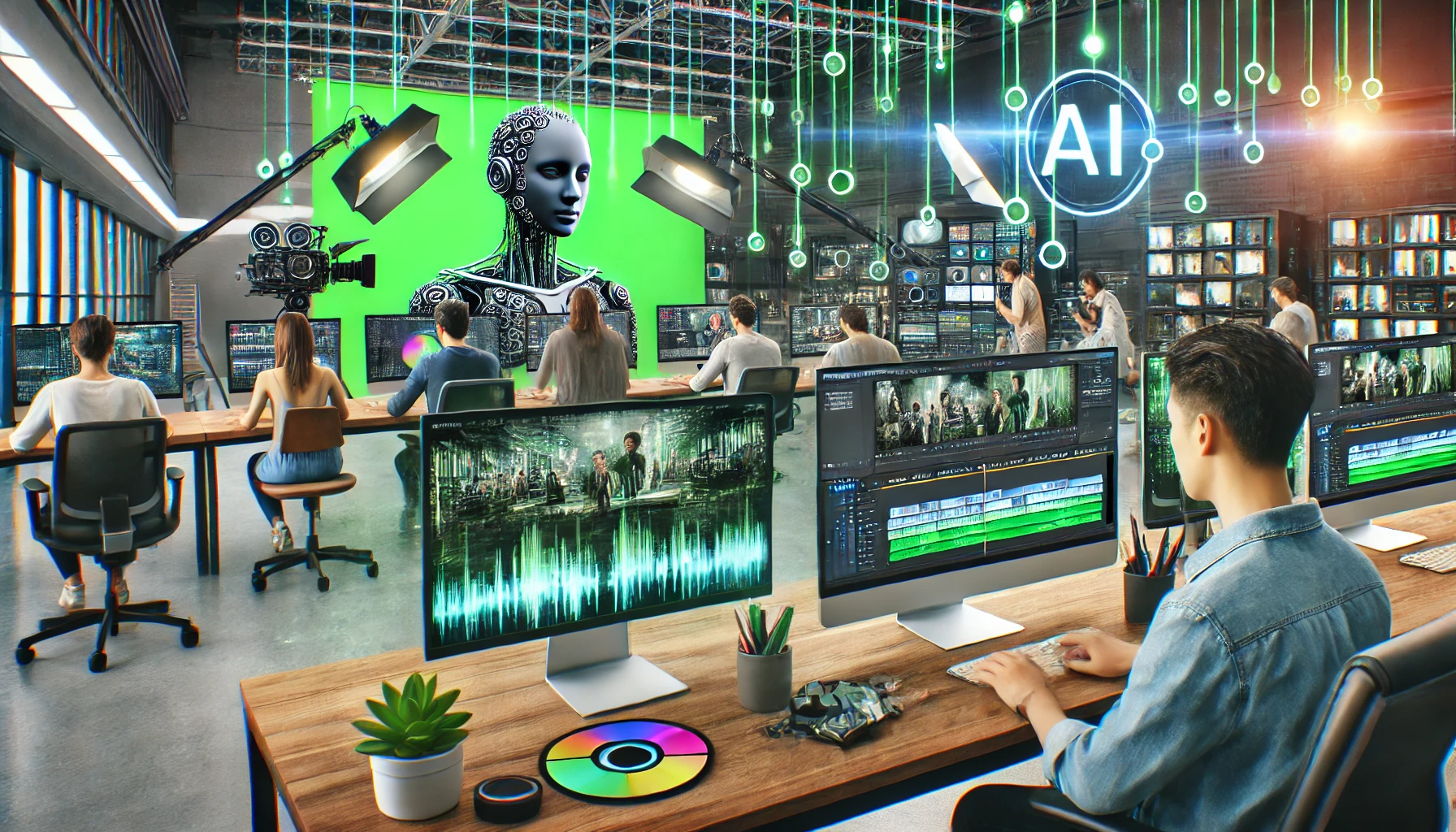
The world of creative design is on the cusp of an unprecedented revolution, propelled by the relentless march of Artificial Intelligence (AI). For decades, design has been seen as a uniquely human endeavor, a realm of intuition, aesthetics, and subjective taste. Yet, AI is now rapidly challenging these long-held notions, evolving from a mere tool into a powerful collaborator, augmenting human capabilities, and even generating novel design solutions. This profound transformation isn’t just about efficiency; it’s about redefining the very essence of creativity, opening up new possibilities, and pushing the boundaries of what design can achieve.
The Dawn of Algorithmic Creativity
The integration of AI in design is far more than just automation. It represents the dawn of algorithmic creativity, where machines can learn, analyze, and generate design elements with increasing sophistication. This shift is driven by the sheer volume of data available to train AI models, from vast image libraries and typography databases to user behavior patterns and market trends. These models, particularly deep learning networks, can discern intricate patterns and relationships that might elude the human eye, leading to insights and outputs that are both innovative and highly optimized.
The fear that AI will replace human designers often overshadows the immense potential for collaboration. Instead, AI is poised to free designers from repetitive, time-consuming tasks, allowing them to focus on higher-level strategic thinking, conceptualization, and emotional storytelling—areas where human intuition and empathy remain paramount. It’s about augmentation, not eradication, empowering designers to do more, faster, and with greater precision.
How AI is Revolutionizing Design Disciplines
The pervasive influence of AI is touching nearly every facet of the design world, from visual arts to product development.
A. Graphic Design and Branding: A Visual Renaissance
In graphic design and branding, AI is becoming an indispensable assistant, streamlining workflows and sparking new visual directions.
- Automated Logo Generation: AI tools can now generate a multitude of logo concepts based on brand keywords, desired aesthetics, and industry trends, providing designers with a broad starting point in minutes. While human refinement is still essential, the initial ideation phase is dramatically accelerated.
- Smart Layout and Typography: AI can analyze content and automatically suggest optimal layouts, typography pairings, and color palettes, ensuring visual harmony and readability across different mediums. This is particularly useful for publications, websites, and marketing materials.
- Personalized Visual Content: AI enables the creation of highly personalized visual content for advertising and marketing. By analyzing user data, AI can dynamically adjust ad creatives, banner designs, and social media graphics to resonate more effectively with individual audience segments, leading to higher engagement and conversion rates.
- Brand Consistency and Guidelines: AI tools can monitor and enforce brand guidelines across all touchpoints, ensuring consistency in typography, color, imagery, and messaging, which is crucial for large organizations.
- Image Recognition and Tagging: AI can automatically tag, categorize, and organize vast image libraries, making asset management more efficient and facilitating faster content retrieval for designers.
B. UI/UX Design: Intuitive User Experiences
The realm of User Interface (UI) and User Experience (UX) design is being profoundly reshaped by AI, leading to more intuitive, adaptive, and personalized digital interactions.
- Predictive User Behavior: AI can analyze vast amounts of user data to predict how users will interact with an interface, identifying potential pain points and suggesting improvements before development. This includes predicting eye-tracking patterns and click-through rates.
- Automated A/B Testing: AI can rapidly conduct and optimize A/B tests on different UI elements (buttons, layouts, color schemes), identifying the most effective designs for user engagement and conversions.
- Personalized Interfaces: AI allows for dynamic user interfaces that adapt in real-time to individual user preferences, behavior, and context. Imagine an app that changes its layout or features based on your current location, time of day, or even emotional state.
- Chatbots and Conversational UI: AI-powered chatbots and voice assistants are becoming integral components of UX, providing seamless, natural language interactions that enhance user support and navigation.
- Accessibility Enhancements: AI can help identify and rectify accessibility issues in designs, ensuring that digital products are usable by a wider range of individuals, including those with disabilities. This includes automatic color contrast checks and font size recommendations.
C. Product and Industrial Design: Form Meets Function
For tangible products, AI is revolutionizing every stage from conceptualization to manufacturing, optimizing both form and function.
- Generative Design: This is perhaps one of the most exciting applications. Designers input parameters (material properties, load requirements, manufacturing constraints), and AI algorithms generate thousands of optimal design iterations. These often feature organic, lightweight, and incredibly strong structures that would be impossible for humans to conceive traditionally. This leads to material reduction and performance enhancement.
- Material Selection Optimization: AI can analyze the properties of various materials, their environmental impact, cost, and suitability for specific applications, helping designers select the most sustainable and efficient options.
- Simulation and Prototyping: AI-driven simulations can accurately predict how a product will perform under various conditions (stress, heat, fluid dynamics) without the need for physical prototypes, saving significant time and resources.
- Predictive Maintenance Design: Products can be designed with embedded sensors and AI capabilities that predict when maintenance is needed, extending product lifespans and shifting towards a service-based model.
- Customization and Mass Personalization: AI-powered manufacturing, often combined with 3D printing, allows for the mass production of highly customized products tailored to individual user needs, from medical implants to personalized footwear.
D. Architecture and Urban Planning: Smart Spaces
AI is transforming how we design and interact with our built environment, fostering smarter, more efficient, and more sustainable cities.
- Parametric Design and Optimization: AI can optimize building designs for factors like energy efficiency, natural light, ventilation, and structural integrity, leading to highly performant and sustainable structures.
- Urban Planning Simulation: AI models can simulate the impact of urban planning decisions on traffic flow, pedestrian movement, resource consumption, and even social interactions, allowing planners to make data-driven choices.
- Smart Building Management: AI-powered systems can manage building operations (HVAC, lighting, security) in real-time, optimizing energy use and occupant comfort.
- Disaster Resilience Design: AI can analyze historical data and simulate potential disaster scenarios (earthquakes, floods) to inform the design of more resilient infrastructure and buildings.
- Optimized Space Utilization: AI can analyze occupancy patterns and suggest optimal layouts for offices, retail spaces, or public areas to maximize efficiency and user comfort.
The Evolution of the Designer’s Role
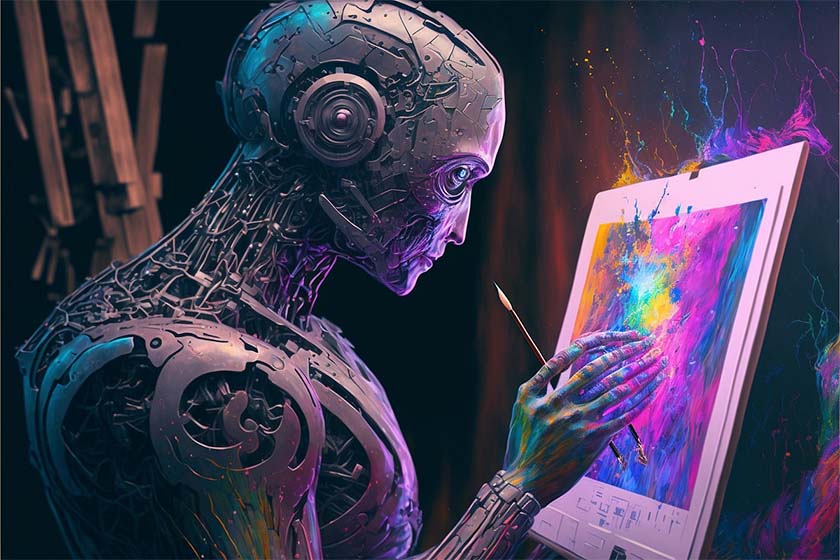
The rise of AI is not diminishing the role of the designer but rather elevating it. Designers are no longer just creators of forms and visuals; they are becoming curators of algorithms, strategists of data, and orchestrators of complex AI-powered workflows.
A. Data Scientists of Aesthetics
Designers will need to develop a fundamental understanding of data—how it’s collected, analyzed, and used to train AI models. They will act as “data artists,” feeding AI with the right inputs and evaluating the quality of its outputs, effectively becoming trainers and shapers of algorithmic creativity. This involves understanding concepts like bias in data and ensuring ethical AI practices.
B. Prompt Engineers for Visuals
As text-to-image and text-to-design AI models become more sophisticated, the skill of “prompt engineering” will be crucial. Designers will need to master the art of crafting precise, descriptive textual prompts to guide AI in generating desired visual outcomes, iterating and refining prompts to achieve specific aesthetic goals.
C. Ethical Guardians of AI Design
With AI’s immense power comes significant ethical responsibility. Designers will play a vital role in ensuring that AI-generated designs are inclusive, unbiased, and do not perpetuate harmful stereotypes. They will need to consider the societal implications of their AI-enhanced creations, focusing on transparency, fairness, and accountability.
D. Human-AI Collaboration Maestros
The future will see increasingly seamless collaboration between humans and AI. Designers will learn to leverage AI as a brainstorming partner, a rapid prototyping tool, and an optimization engine, while retaining ultimate creative control and injecting the unique human elements of empathy, cultural understanding, and emotional resonance that AI currently lacks.
E. Storytellers of Innovation
Beyond technical skills, the ability to tell compelling stories about design solutions will become even more critical. Designers will need to articulate how AI was used, why certain design choices were made, and the human impact of these innovations, bridging the gap between algorithmic output and human understanding.
Challenges and Considerations
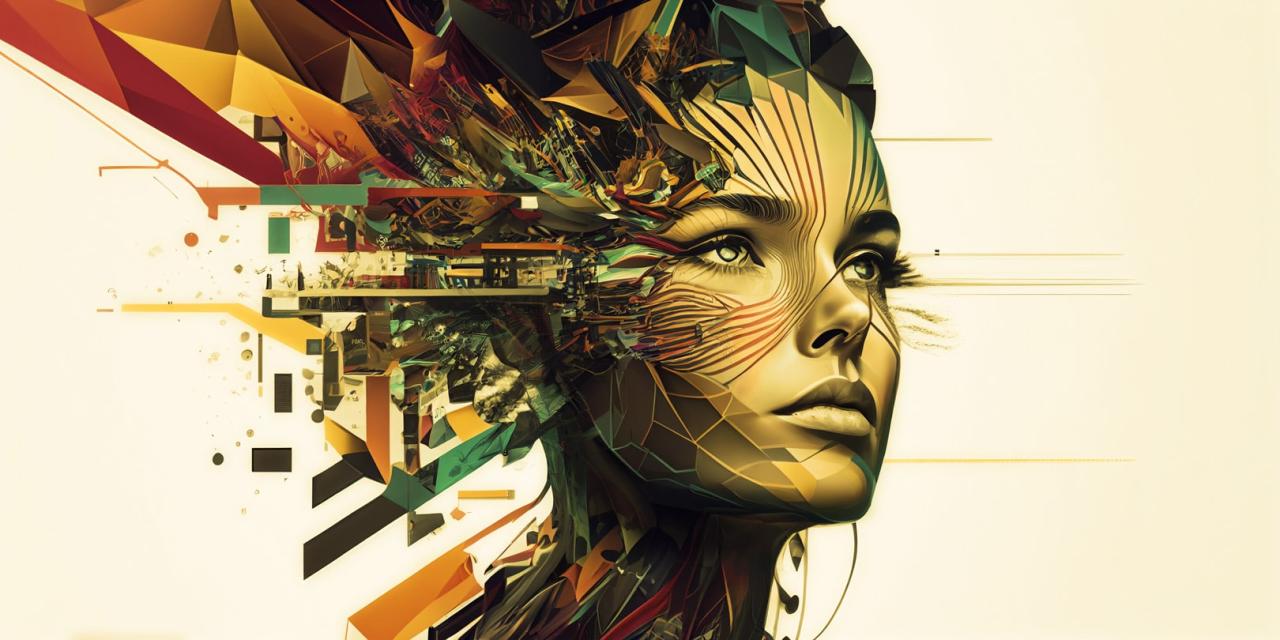
While the benefits of AI in design are numerous, there are significant challenges that must be addressed for its widespread and ethical adoption.
A. Data Bias and Ethical Concerns
AI models are only as unbiased as the data they are trained on. If training data reflects existing human biases (e.g., gender, race, cultural norms), the AI-generated designs may perpetuate these biases, leading to exclusionary or offensive outcomes. Ensuring diverse, representative, and ethically sourced datasets is paramount.
B. Copyright and Ownership of AI-Generated Works
The legal landscape surrounding copyright for AI-generated designs is still evolving and presents complex questions. Who owns the copyright when an AI creates an image or a design—the AI developer, the user who prompted the AI, or is it uncopyrightable? Clarity on this issue is crucial for designers and businesses.
C. Job Displacement and Reskilling
While AI is expected to augment human roles, some tasks will inevitably be automated, leading to concerns about job displacement. The design industry must focus on reskilling and upskilling programs to equip designers with the necessary AI literacy and collaboration skills.
D. Over-reliance and Loss of Core Skills
There’s a risk that over-reliance on AI tools could lead to a decline in fundamental design skills, such as hand-sketching, critical thinking, or foundational aesthetic principles. Maintaining a balance between leveraging AI and nurturing core human creativity is vital.
E. The “Black Box” Problem
Many advanced AI models operate as “black boxes,” meaning their decision-making processes are opaque and difficult for humans to understand. For critical design decisions, understanding why an AI made a particular recommendation can be important for trust and accountability.
The Path Forward: Embracing an Intelligent Future
The future of creative design is undeniably intertwined with the evolution of Artificial Intelligence. This isn’t a threat to human creativity but rather an unprecedented opportunity to unlock new dimensions of possibility. Designers who embrace AI, understand its capabilities and limitations, and ethically integrate it into their workflows will be the ones leading the charge.
Education will be key, with design curricula incorporating AI literacy, prompt engineering, and computational design principles. Interdisciplinary collaboration, bringing together designers, AI scientists, ethicists, and engineers, will accelerate innovation. Furthermore, the development of robust ethical guidelines and regulatory frameworks will be essential to ensure that AI serves humanity’s best interests in the design realm.
Ultimately, the future of design with AI is about creating a symbiotic relationship. It’s about combining the efficiency, analytical power, and generative capabilities of machines with the irreplaceable human qualities of empathy, intuition, critical judgment, and the profound desire to create meaningful experiences. This partnership promises to not only transform how we design but also elevate the impact and value of design in solving the complex challenges of our world.

